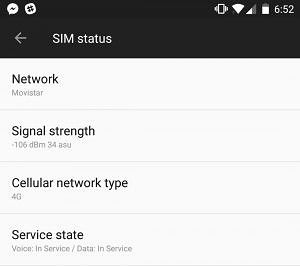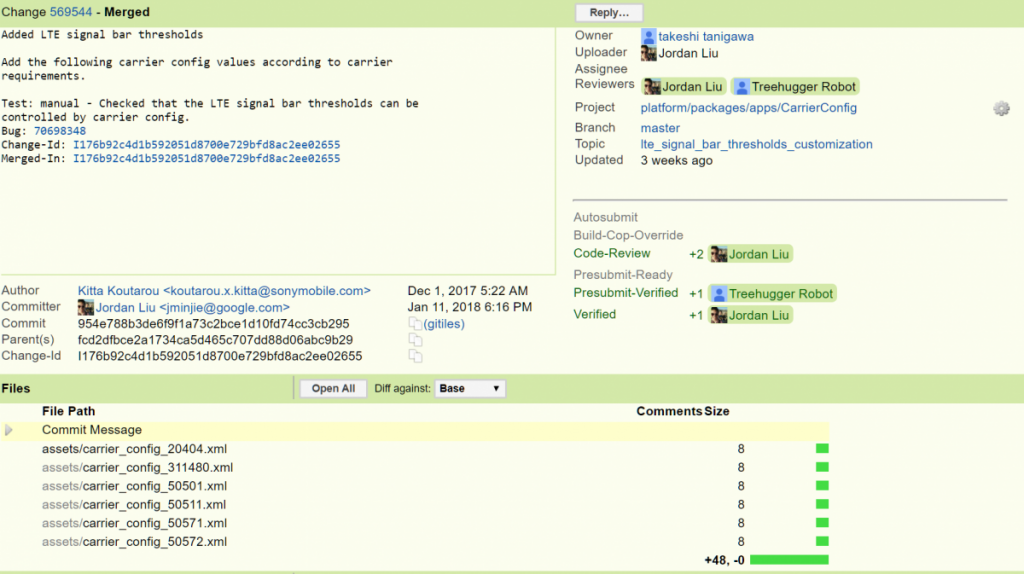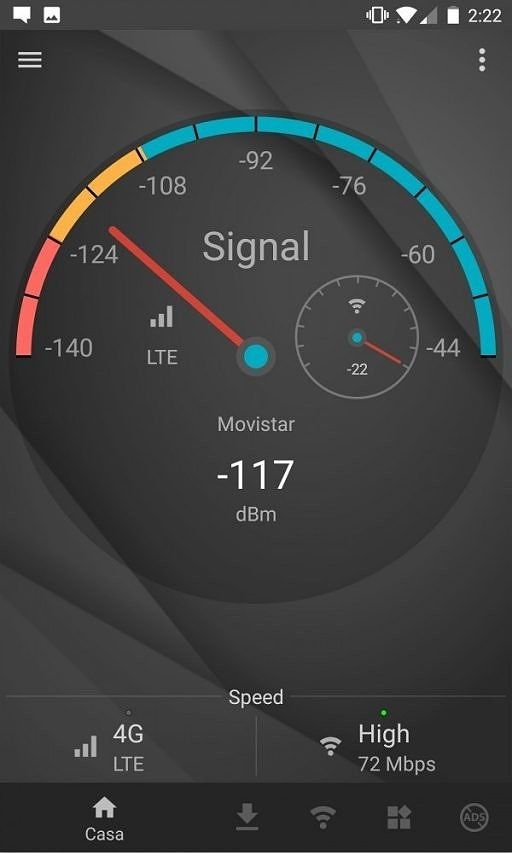The world was introduced to 4G LTE technology almost 8 years ago, and while many companies are looking ahead to building their 5G networks, many areas of the world, especially outside of the United States, still have to deal with poor or shoddy LTE signal strength. In Venezuela, for example, I constantly find myself noticing dips in LTE signal strength when indoors, where the network can relay back to 3G, 2G or outright lose signal altogether. This can also be a common issue in some parts of the U.S.—particularly in rural, remote areas.
There are many factors impacting your phone signal, including the external build of your device, the bands included by the manufacturer, your carrier, and even your location, but Android parsed the received signal (measured in dBm units) the same way, reflecting it accurately as the signal bars that you're all familiar with. Android P may, however, change things.
We previously reported that carriers will have the ability to hide signal strength from users in the next major version of Android, but it seems like Android P will also be allowing carriers to decide how the actual LTE signal bars are defined and shown to the user.
What's going on with LTE Signal Bars in Android P?
LTE signal bars are simply a visual representation of signal strength: the phone calculates the strength of the current cell signal in your location in dBm, and then parses that value and into the signal bars we see in our status bar. This gives the average Joe a rough idea how strong the reception in their current area is. Signal bars exist on pretty much every device with a cellular radio, and we've been seeing them way before the modern age of smartphones.
However, a couple of commits we discovered in the Android Open Source Project have revealed a new configuration which would allow carriers to define custom signal strength thresholds for each of the 5 LTE signal bars. A full meter could be shown with a lower or higher dBm value, which may result in a carrier's customer to believe that their signal is stronger than before the Android P update.
In Android 8.1 and lower, LTE signal strength thresholds are defined by the "config_lteDbmThresholds" value under the Android framework. Since these are values specific to a device, this means that LTE thresholds are currently device-specific rather than carrier-specific. Obviously, these values are easily modifiable by manufacturers and carriers alike, meaning that carrier-specific variants of a device could have carrier-specific signal thresholds, but this change signals (no pun intended) that these thresholds are now universal and also present on unlocked variants of a device running Android P—the carrier's configuration kicks in when the user changes their SIM card.
The carriers mentioned in the commits include Vodafone Libertel in the Netherlands (20404), Verizon Wireless in the United States (311480), and Telstra Corp. in Australia (50501, 50511, 50571, 50572). We can't speak for why these carriers requested this change (we've reached out to Verizon for comment, but have yet to hear of an official response regarding this issue), so we can only speculate about some of the possible reasons.
Why is this change being included?
As with signal strength hiding, it's possible that carriers are requesting this feature, and Google is simply obliging. Now, this doesn't necessarily have negative connotations, as some carriers may be looking to normalize signal bars with numbers that actually make sense for a specific carrier or country: a lower or higher dBm number may be standard in a certain carrier or country, and as such, thresholds could be tweaked so that signal bars aren't always sitting at 1 or 5.
However, a less charitable interpretation of this change is that some carriers may want to fudge the numbers behind signal strength bars, causing non-technologically savvy users to think that their signal is better on one carrier on the same phone against another carrier.
The actual reasoning behind this change, however, is unknown, so don't hop to conclusions just yet.
What now?
As of now, no APIs are being affected or restricted by these changes, and those looking for an accurate measurement of signal strength may download apps like Signal Strength from the Play Store, at least for the time being.
If carriers are chasing the goal of preventing accurate telephony data to be accessible to the user, we may see future efforts lock down APIs used by these applications to provide cell signal statistics.




